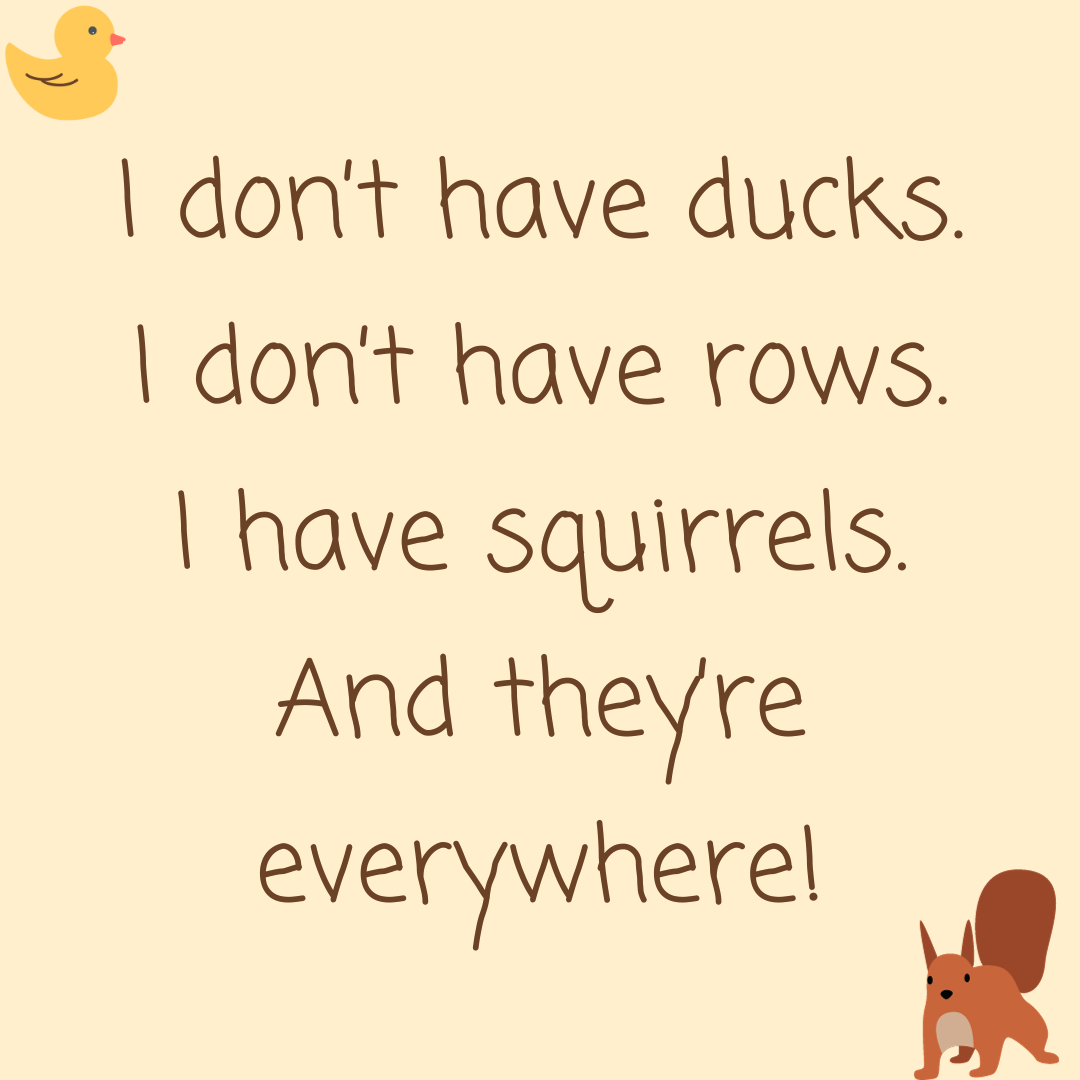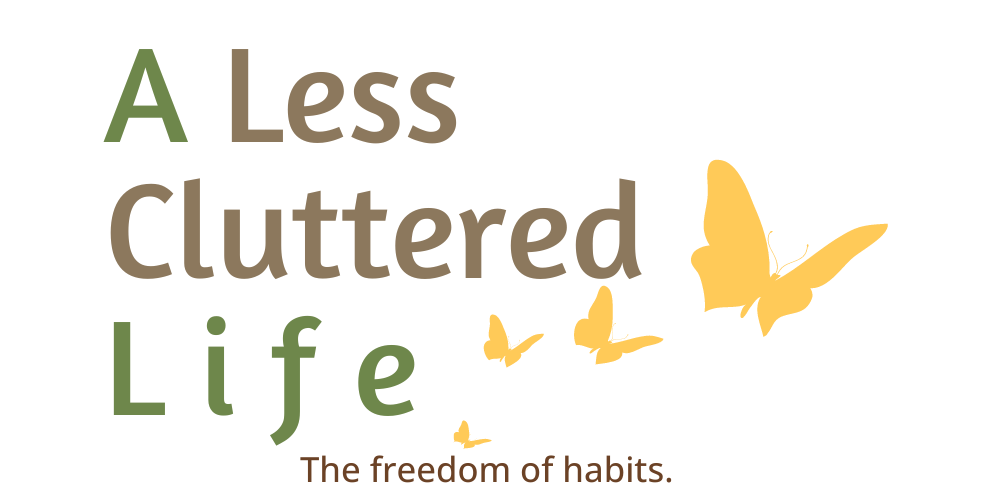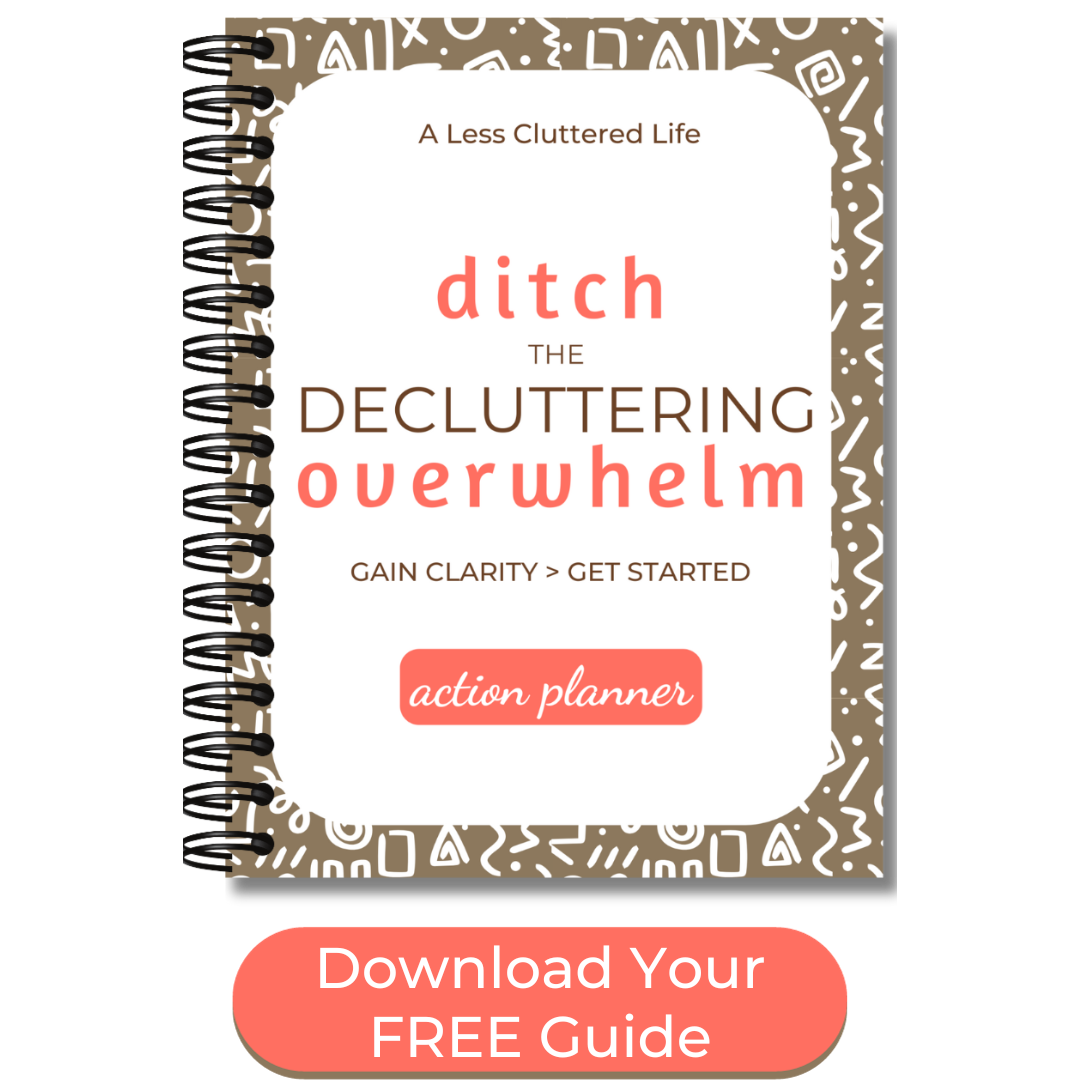|
by Susan McCarthy When you declutter, you want to see a lasting transformation, not a change that lasts just weeks or months. So, it’s while you’re decluttering that you want to start developing the habits of an organized person. These tips will help you get control of the clutter so you can stay organized. Unless you live in a small place, don’t have a lot to declutter, or you have the time and energy to declutter for hours a day, getting your home in order will take a while. Weeks. Months. Years even. And while each room and every drawer you declutter moves you forward, you also want to connect your forward momentum to what you’ve accomplished. In other words, you want to maintain your hard-won decluttered spaces. You may be thinking that maintaining order is something to worry about after you’ve decluttered your entire home. However, keep in mind that you (and your family) live in your home. That means new things are brought into your home and things get moved about as they are used. Think of maintenance as preventative decluttering…you’re saving yourself from watching clutter return. And while tending to areas that you’ve already decluttered may feel like moving backwards, tidying helps you become an organized person. So, below, you'll also find ways to declutter that support staying organized. How to Stay Organized at HomeEven though it can take hours to declutter a room, keeping it tidy takes minutes a day. And if a space isn’t used much during the day, then it likely stays neat. Remember that the following tips are about keeping order in an area you’ve already decluttered. If you haven’t yet decluttered your kitchen, then your focus is really on the things you’ve used during the day. Wash the dishes. Put them away the best you can. Clean up any meal prep. It isn’t necessary to declutter as you organize. In fact, trying to combine the tasks can discourage you from tidying at the end of the day because a decluttering session takes much longer than maintaining order. Simplify the process of maintaining order so it gets done. Engage in Spontaneous Decluttering and OrganizingSpontaneous, or opportunistic, organizing takes almost no time because you do it as a part of other actions. The more often you do these micro-actions, the faster they will become habits, which require no thought to do. Do that One-Minute Task – Hang up your coat instead of draping it over the back of a chair; pop your clothes into the hamper or laundry basket instead of dropping them to the floor. One-minute tasks complete the action you were engaged in. They aren’t a distracting call to do a random task just because you can do it quickly. Carry Something – As you move from one room to another, take something with you. So, if you were sitting in the living room having a cup of tea while reading a magazine, when you get up, bring your mug to the kitchen, and pop the magazine into the recycling bin. Opportunistic Decluttering – As I’ve mentioned, don’t try to declutter as a part of maintaining order in your home. However, if you encounter an item that you no longer need, you can remove it right away and pop it into a box designated for items to be donated. Sometimes, the temptation is to leave the item where it is so to wait for a more intentional decluttering session. Tips for Staying Organized in Every RoomNo matter the room, a few minutes of decluttering helps to keep the clutter away. You can either tidy at the end of the day or throughout the day. And encourage others in your home, including kids, to do the same. Put on an energy-boosting song and have everyone tidy for the length of the song. Setting a time limit (and a timer) to a boring task can help it get done. The Evening Tidy-up – At the end of the day, walk from room-to-room, picking up any trash, putting items away, or carrying things to the room where they belong. Avoid getting caught up in decluttering. Reset the Room – Basically, you tidy as you go. When you finish an activity in a room, straighten the things you used. You are returning the room to the condition you’d like to find it in when you go back to the space hours later or the next day. Making your bed is a way to reset your bedroom. Washing and putting away the dishes can reset the kitchen. Clearing the surface of your desk by filing papers prepares the space for the next day. As an alternative to taking these actions at the end of the day, you do them throughout the day. Instead of returning to a room and feeling discouraged by a mess, you tidy a room so it’s neat when you return. This is a bit like the rule you might give a child to put away the play food before they switch to playing with their trainset. Avoid a Chaotic Mess while DeclutteringIt happens. You pull everything out of a closet or some cabinets not realizing how much stuff was really in there. The project you thought you could finish in a couple of hours is going to take much, much longer. Only you have no idea when you’ll be able to get back to it. Now stuff is everywhere, and your stress is off the charts. What to Do if You’re Staring Down a Mess – Although you may be tempted to shove everything back into the drawers and cabinets as quickly as possible, that doesn’t really resolve the issue. Also, you’d then make it even more difficult to find the things you want to use. Oddly, the tension of this situation can work to your advantage. It’s likely you’ll make quicker decisions. And you may even cut through the indecisive thoughts of, “I should keep this just in case I need it,” or, “Someone might need this someday.” It’s easier to toss something in a trash bag or in a box slated for donation than to plan where to store it and then rearrange the space to accommodate the other items you’re keeping. So, while I’m not encouraging you to toss useful items or those you cherish, you can probably be more brutal about the things you feel obligated to keep even though you don’t know what you’ll do with them. If you need to finish a decluttering project, figure out what activities you can cut from your routines. These aren’t permanent changes…just for the next week or so. Make the time to finish that decluttering project:
How to Avoid Making a Mess while Decluttering Even if you think you have plenty of time to declutter a room, instead of emptying everything that’s tucked into storage into the middle of the room, instead work Little Space by Little Space. A Little Space is a drawer; shelf in a cabinet; or the area next to, underneath, or behind a piece of furniture. In a closet, I’d even count a clothes hanger as a (very) Little Space. Empty one Little Space at a time and put things away to make a minimal mess in your home. And it will be easier to rearrange things stored in multiple Little Spaces after you’ve decluttered because you’ll have less stuff to deal with. And you’ll know that you are keeping these things. You’re still decluttering the room. You may even better see the progress that you are making. But if you run out of time, energy, or you get pulled away from decluttering, you won’t return to a room in total disarray. Steps in the Decluttering Process that Will Help You Get and Stay OrganizedThere are things you can do while decluttering that will help make it much easier to maintain order every day. Pick and choose what will work for you now. Later you can add other actions. Note that some of these actions require a shift in your mindset so they will develop with repetition. Downsize Your Things – It can be very tempting to hold onto things “just in case.” However, keeping things that don’t get used not only takes up space but also makes it more difficult to access the things you do use because you’ll have too much. Group Things Together – There’s not hard-and-fast rule to how to group items. You could group items by how they get used (baking pans; shirts grouped by sleeve-length); what they have in common (a seashell collection or needlework supplies); or even dissimilar items that get used together (gift wrap paper stored with office supplies since you need the tape and scissors when wrapping presents). Label Spaces – You don’t need a physical label to have a mug shelf, office supply shelf, sock drawer, and so on. However, designating one use for a space makes it easy to put things away which means it’s less likely that things will get left out because you (or others in your home) don’t know where things belong. Also, designating what will get stored in a space means that if items don’t fit, then that Little Space can be decluttered. And, yes, if you sort things into bins or baskets, labels can help you both retrieve and return the contents. Labels with pictures can also help teach kids where things belong. And they can assist adults with memory issues. Store Seasonal Items in Bins – Avoid wasting money buying bins and then the time storing things in those bins if you don’t know when or if you’ll use those things again. Organized clutter is still clutter. Bins are useful for storing seasonal items that you don’t need to have contending for space with the items you’re currently using. So, you don’t need the Christmas cookie cutters taking up prime real estate in your kitchen cabinets…store them the decorations. Bins are also useful for sorting items (particularly small items like craft supplies or socks for different footwear) so it’s easier to see and use (and put away) what you have. Ways to Become an Organized Person During and After You Declutter Your HomeRemember, don’t wait until you’ve decluttered your entire house before shifting into maintenance mode. In fact, some of the actions that can help you maintain order can support your decluttering efforts.
Also, your decluttering and organizing efforts will make it much easier to keep things neat and tidy…for good.
You're doing all this work to organize your home...make your efforts last!
0 Comments
Your comment will be posted after it is approved.
Leave a Reply. |
Categories
All
Hi, I'm SusanI'm a former teacher who became a professional organizer (and not because I'm a natural-born neatnik). I live with my husband and fluffy cat on a river in Massachusetts. I crochet, make handmade cards, and love reading young adult novels. Learn more about my decluttering journey here. |
|
Copyright 2024 Susan McCarthy - Susan@ALessClutteredLife.com -
Privacy Policies |
Proudly powered by Weebly

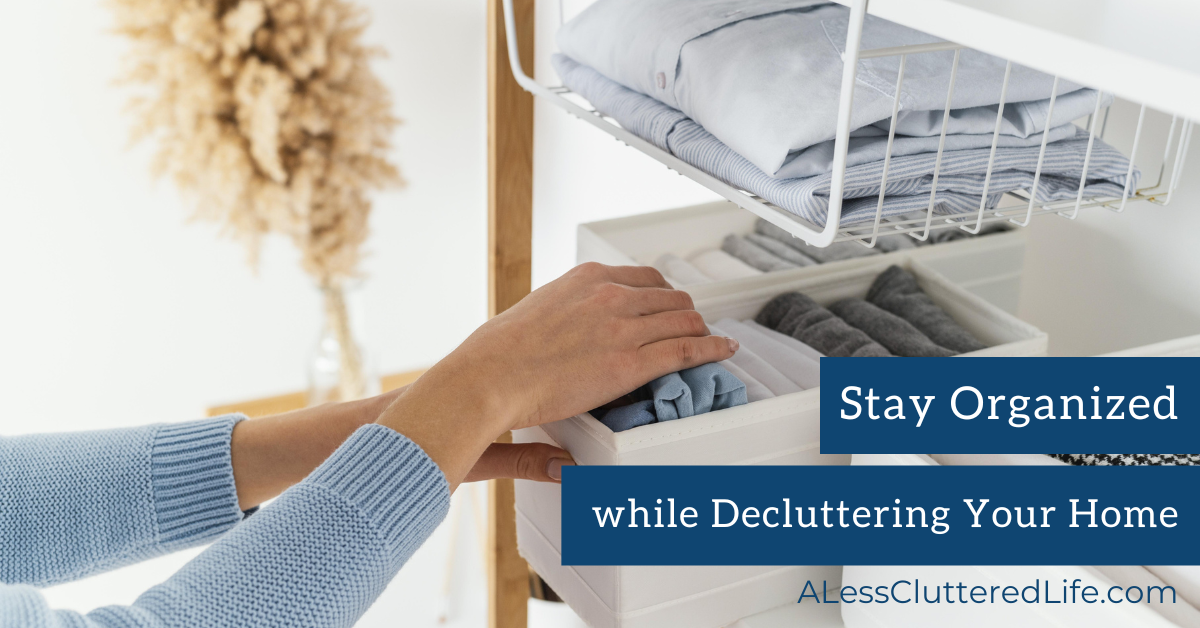

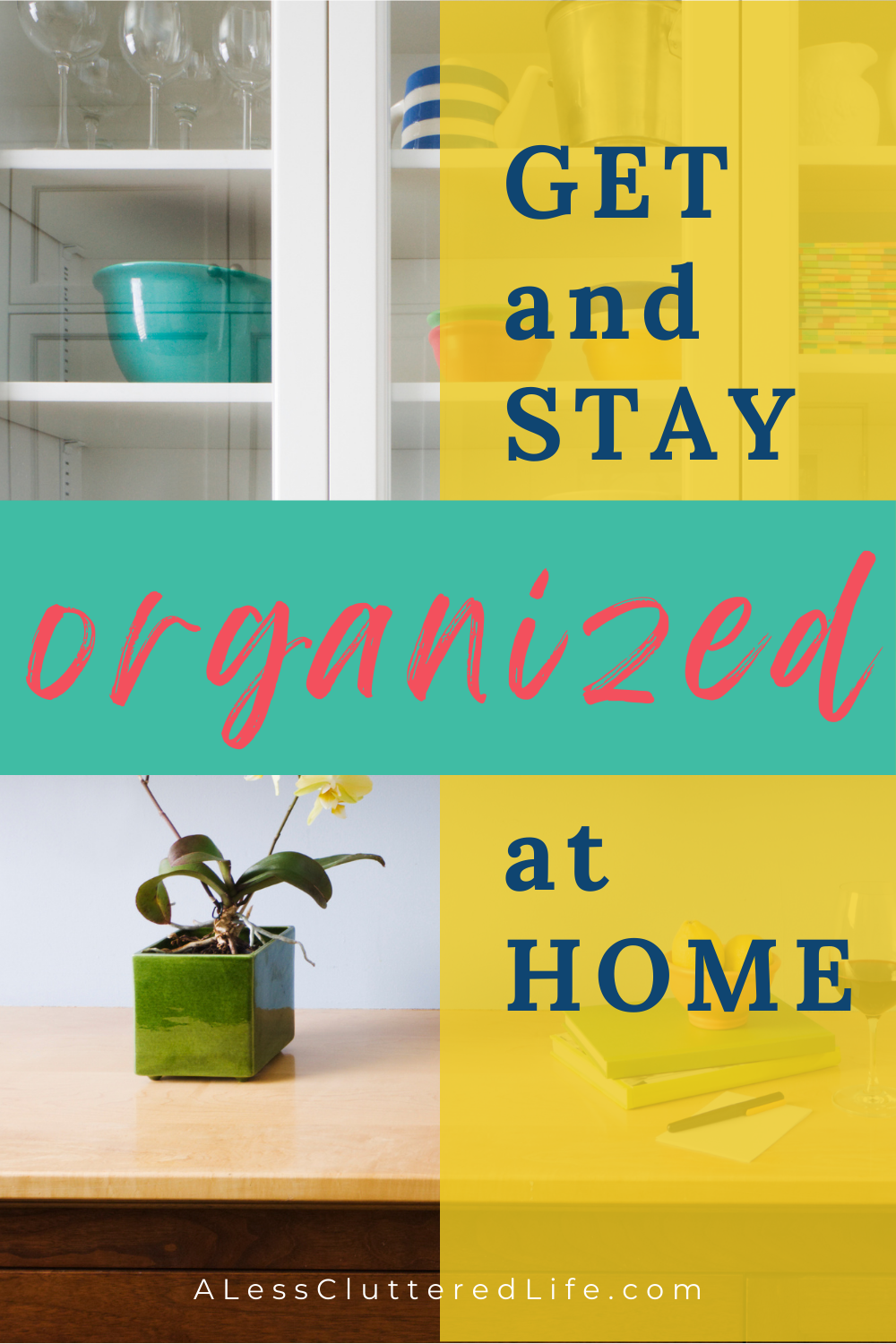
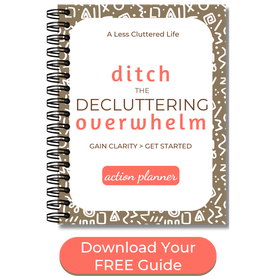

 RSS Feed
RSS Feed
